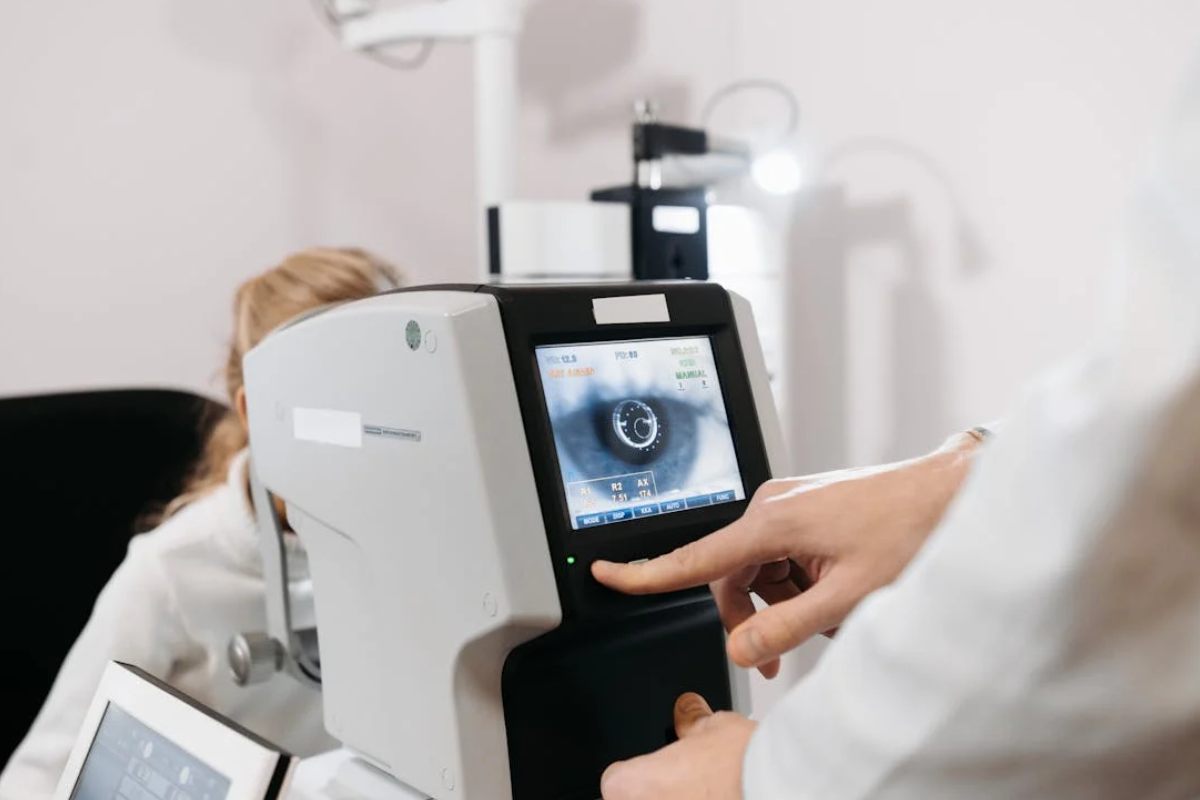Clear eyesight helps a lot of people, and it affects their daily lives. They can drive better and learn information faster with a sharp vision, but more people are still not prioritizing routine screenings because they think that it takes time.
Fortunately, the right screening devices are quicker, and they offer more accurate results. If you’re starting a wellness plan, you can fit the assessment easily because the devices used are portable and easy to operate. Advancements in technology have made this possible, with the Depisteo VT1 vision screeners being able to detect visual problems and input patient results instantly.
Table of Contents
What Can You Expect with the New Inventions?
They’re adaptable to various electrical health records, and the software packages come with remote controls for faster controls. They’re not like tests that require faded charts, and the device has advanced optics where it’s following the health standards in the industry.
Significant leaps have been made by technology, from static letter boards to portable computer-assisted instruments. It creates a faster operation for many healthcare clinics, and it’s easy to use. Managers who may need this in their factories for workers’ visual screening can easily get these devices and operate them to check their employees.
School principals may also conduct thorough screening to identify students with poor eyesight that may impede their learning. The prices also matter, but not to worry because these are affordable. They don’t have a lot of maintenance costs and are very efficient because they can be integrated with medical records.
It’s best if you could also have comparisons with these and compare the features, such as the way they feel in the hands of administrators. First-time patients may also be able to follow the instructions easily, and they’ll get cues on when to press the buttons for easier results. As a clinic supervisor, it’s best to define who will use the equipment, where it will sit, and how often it will travel.
Understanding Vision Screening Technology
Many screeners are now relying on high-resolution cameras and other technology to identify refractive errors, and they’re going to record the responses of the patients in seconds. This isn’t similar to manual systems because the automated ones are going to reduce human errors and standardize the procedures for multiple operators. Many of these units integrate connectivity so they can upload the results on connected software that can be viewed at health portals. You can see more about software when you go here.
The hardware is an important part of the operation, but when coupled with the right software, it can interpret massive data streams to flag risk factors early on. Firmware updates will also extend the life of the device, and cloud-based dashboards allow many supervisors to monitor screening rates and determine the staff’s compliance with the processes in real time.
Comparison of the Features of the Devices
When you’re in the market for screeners, it often begins with the identification of the type of tests that you want to perform and whether that equipment can give you reliable results. Some of the administrators may focus on peripheral awareness, while others will want to get results so they can prescribe to patients who are near or farsighted.
The device should be able to measure the patient conditions accurately, even in varied head positions, and it should be engineered to work in real-life settings instead of focusing exclusively on lab results. To speed up your decision, here are several factors that are worth considering:
- Testing accuracy across diverse visual functions
- Comfortable contactless operation
- Speed of assessment and reporting
- Intuitive data interface that’s easy to use
- Certification compliance from health organizations
- Upgradable software
Practical Considerations for Clinics and Employers
You also need to consider the cost as a clinic owner, and certain factors can affect the pricing. It includes the overall inclusions and whether you’re required to add more if you need more.
User adoption is also an important component where the technician should be able to know what to do, and the device should feel intuitive. Before buying, ask the manufacturers if they have demonstrations and encourage feedback during the trial phase to gain insights into how the device works.
Steps to Make an Informed Purchase
What you need is to have a performance checklist of the things that you need to do, and you need to collect datasets from shortlisted devices to see if they’re consistent. Observe how quickly the administrators complete the cycle and how the patients will react and compare the number of operations that they can complete each day. Read more about the examination in this link: https://www.encyclopedia.com/medicine/encyclopedias-almanacs-transcripts-and-maps/eye-examination.
If there’s a problem, you should be able to get in touch with the manufacturers, and they should be able to respond to you faster. Secure references and confirm reported reliability with periodic recalibration to make sure that you’re getting the right screeners.

